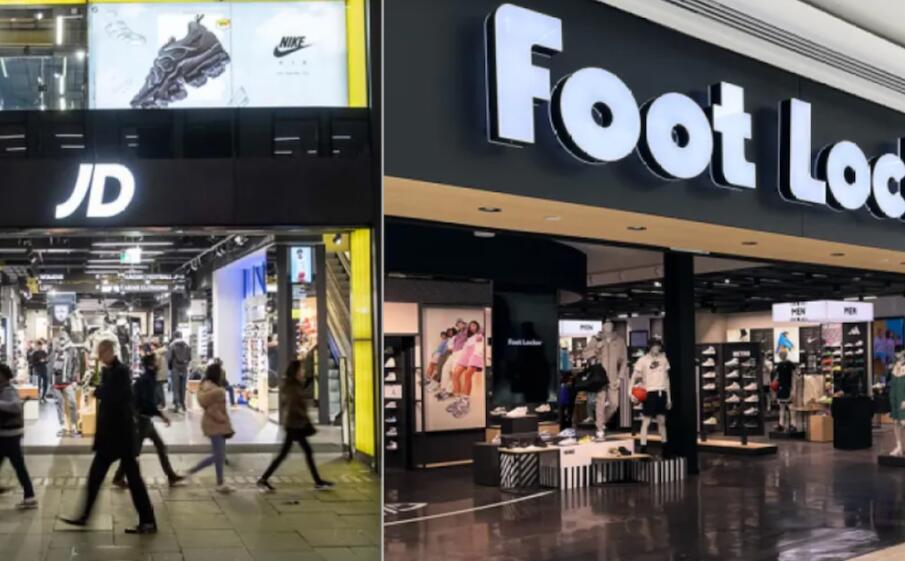Foot Locker and JD Sports Are Taking Divergent Approaches to Growth. Which Is Working Better?
In its most recent second quarter, Foot Locker remodeled or relocated 14 stores, refreshed 67 locations, closed 31 units and opened five new stores.
“An overarching principle of our Lace Up plan is to simplify and optimize our business to ensure that we can invest behind and focus our energy on our core banners and markets in order to drive sustainable growth,” chief executive officer Mary Dillon said in a call with analysts, explaining the latest decision to close its business in some regions.
Meanwhile, “bigger is better” seems to be the approach for UK competitor JD Sports, which opened 85 new stores in the first half of the year and recently completed its acquisition of American retailer Hibbett, which added 1,179 stores to the retailer’s portfolio. JD Sports chief executive officer Régis Schultz said in a call with analysts last week that the retailer’s strategy hinges on making major investments in the U.S. to help it scale globally.
“Our strategy is very clear,” Schultz told analysts in a call last week. “We believe that there is a strong community market in the U.S. This is a major investment that we are making in the U.S., [aimed at] developing JD as a global brand.”
Willams Trading analyst Sam Poser pointed out these opposing trajectories in a note to investors this week, explaining why Foot Locker should be wary of JD’s growth and potential to grab market share.
“[Foot Locker] cutting its way to prosperity will not work, especially while its primary global competitor, JD Sports continues to invest, expand, and take share,” Willams Trading analyst wrote in a recent note to investors. “The outer edges of JD and Foot Locker stores service a more serious sneaker-head consumer. Through DTLR, Shoe Palace, and now Hibbett, JD has increased its focus on a consumer it was already serving, rather than trying to reach new customers it rarely served before.”
Poser added that JD’s advancements in digital and omni-channel capabilities have made it a more attractive partner for the best brands in the sector, notably Nike.
Both Foot Locker and JD Sports have maintained a relatively consistent relationship with the Swoosh, but JD Sports achieved an edge over Foot Locker earlier this month when it announced that it would offer the Nike Connected Membership program to its U.S. customers. With the move, JD became the sportswear giant’s first global partner for the popular loyalty rewards program after successfully launching its program in the UK in 2022. Via the connected program, JD’s U.S. customers now have access to select Nike member-only footwear and apparel when they opt to link their JD Status and Nike Membership accounts through JD’s website or mobile app.
For its part, Foot Locker has maintained a strong relationship with Nike — and this month partnered with Nike and Jordan Brand to launch “Home Court,” a designated basketball product area in Foot Locker’s redesigned Manhattan store.
However, as BTIG analyst Janine Stichter pointed out in a recent note, Foot Locker hasn’t yet integrated its newly relaunched loyalty program, FLX, with the Swoosh.
“Foot Locker has been making strides to enhance its own loyalty program, including the US rollout of the upgraded FLX program in June, and has also been positioning for a return to growth with Nike,” Stichter wrote in an early August note. “However, it has yet to integrate its loyalty program with Nike, showcasing the intensifying competitive landscape the company faces.
